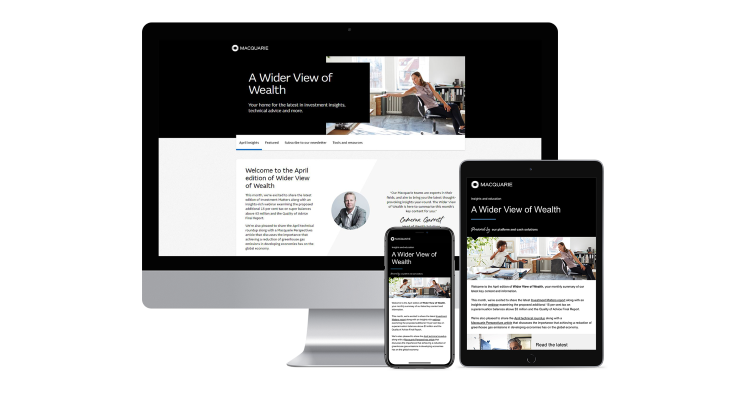What business models do advisers use and which one is right for your practice?
What business models do advisers use and which one is right for your practice?
Whether you have your own Australian Financial Services Licence (AFSL) or not, you are essentially running your own business. But that doesn’t mean all advisers aspire for exponential growth, or are focused on building the value of their practice to maximise the sale price in the future.
In fact, the model you choose for your advice business is likely to be influenced by a number of factors, not just financial or regulatory considerations. For many advisers, there are lifestyle and family considerations that come into play too.
So what are the advice business models in the market, what services do they offer, and which one is right for you?
Sole practitioner
This is a very common structure for both financial advisers and accountants. In this model, there’s typically one principal adviser, a paraplanner and one support staff member. The sole practitioner owns the business outright.
According to Macquarie Wealth Management Division Director Rob Hayward, this business model is typically used by advisers who are interested in deriving an income from their business to support their lifestyle. And the amount of income a good sole practitioner can extract from their business can be substantial.
“We’ll often see the earnings before interest and tax (EBIT) returns are actually very high as a percentage. For example, you might see a sole practitioner earning $1 million gross, but taking home around $650,000 to $700,000,” says Hayward.
“In comparison, we see larger firms that might be doing $5 million, but the EBIT return might be 40% instead of being 65%. The percentage is lower but the dollars are higher.”
However, Hayward points out that a sole practitioner’s business might not be as ‘saleable’ compared to other types of practices, because this model is very dependent on the principal’s relationship with his or her clients. These types of businesses are often sold as a ‘book of clients’.
“People often aren’t willing to pay as much for these practices because they’re worried about the client linkages to the one principal,” notes Hayward.
A two-four person partnership
These practices are often made up of like-minded people who get on well and want to share resources such as support staff, and have a bit more flexibility when it comes to things like going on leave. Like sole practitioners, this business model supports advisers looking at lifestyle considerations such as having flexibility and focusing on income rather than just growth.
“They might split their revenue based on who earns that revenue. It’s almost like a group of sole practitioners sitting together because it makes sense – they share the brand, office cost and support costs, and if they go away someone can take the calls,” says Hayward.



